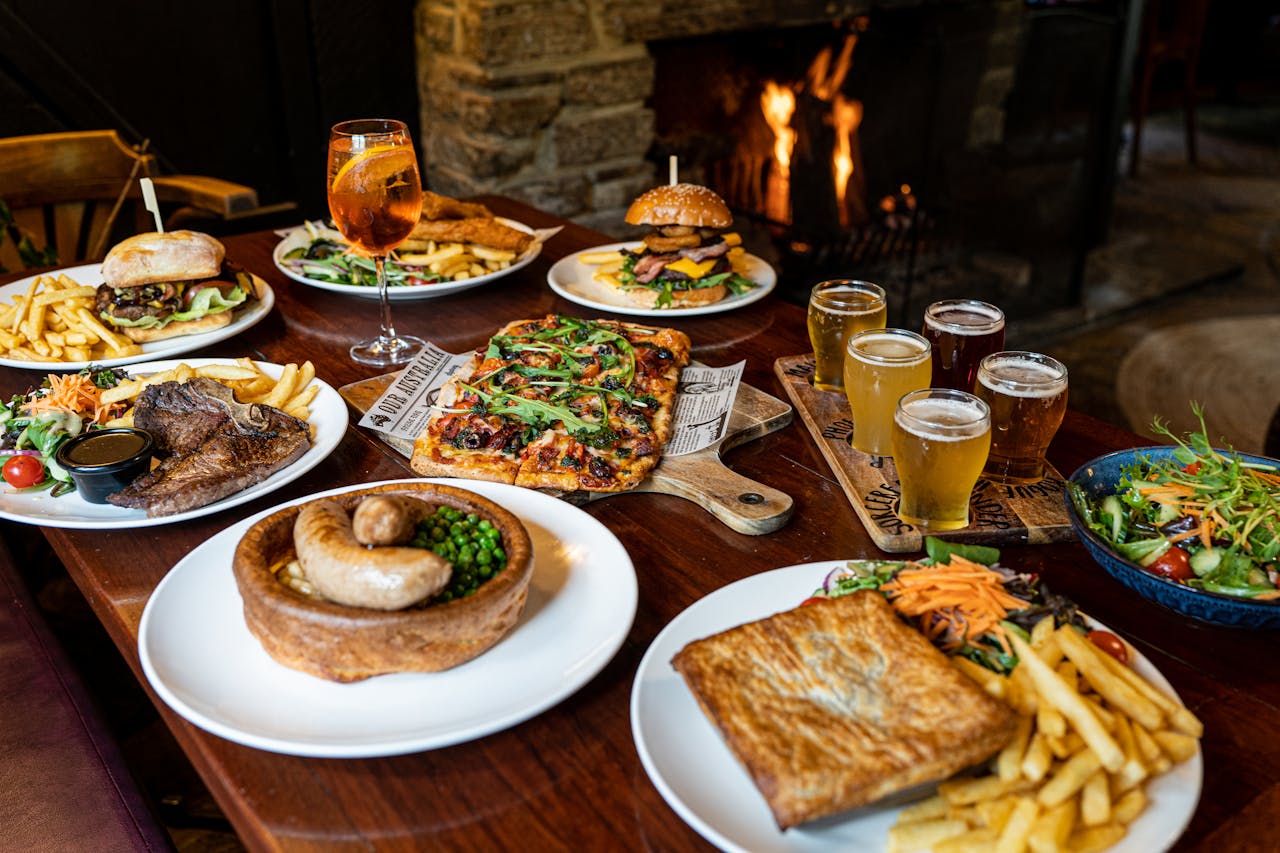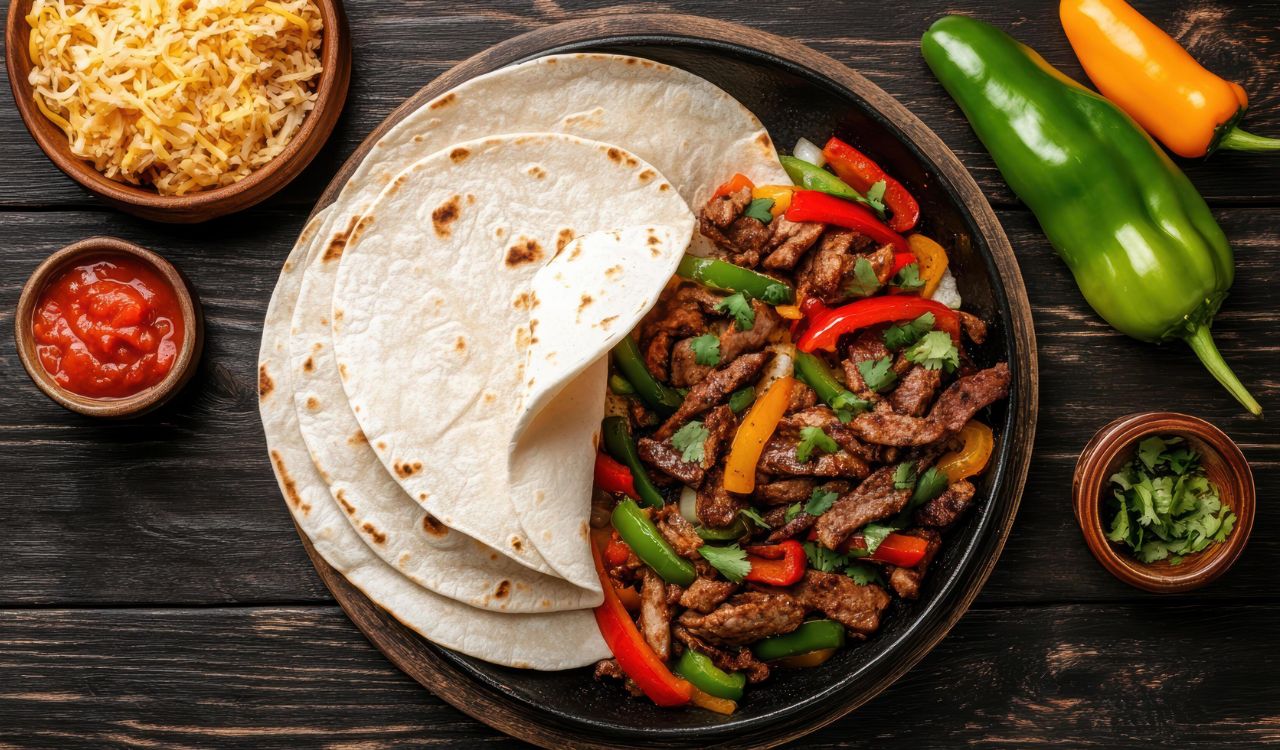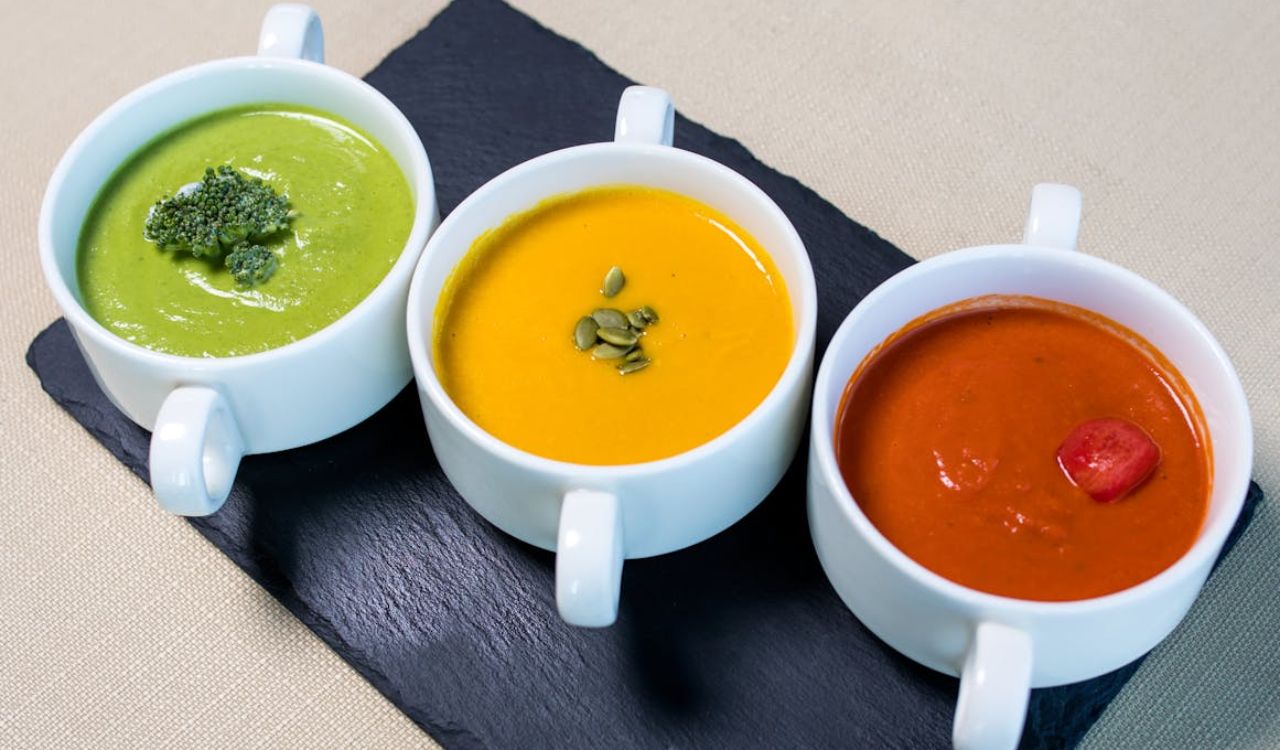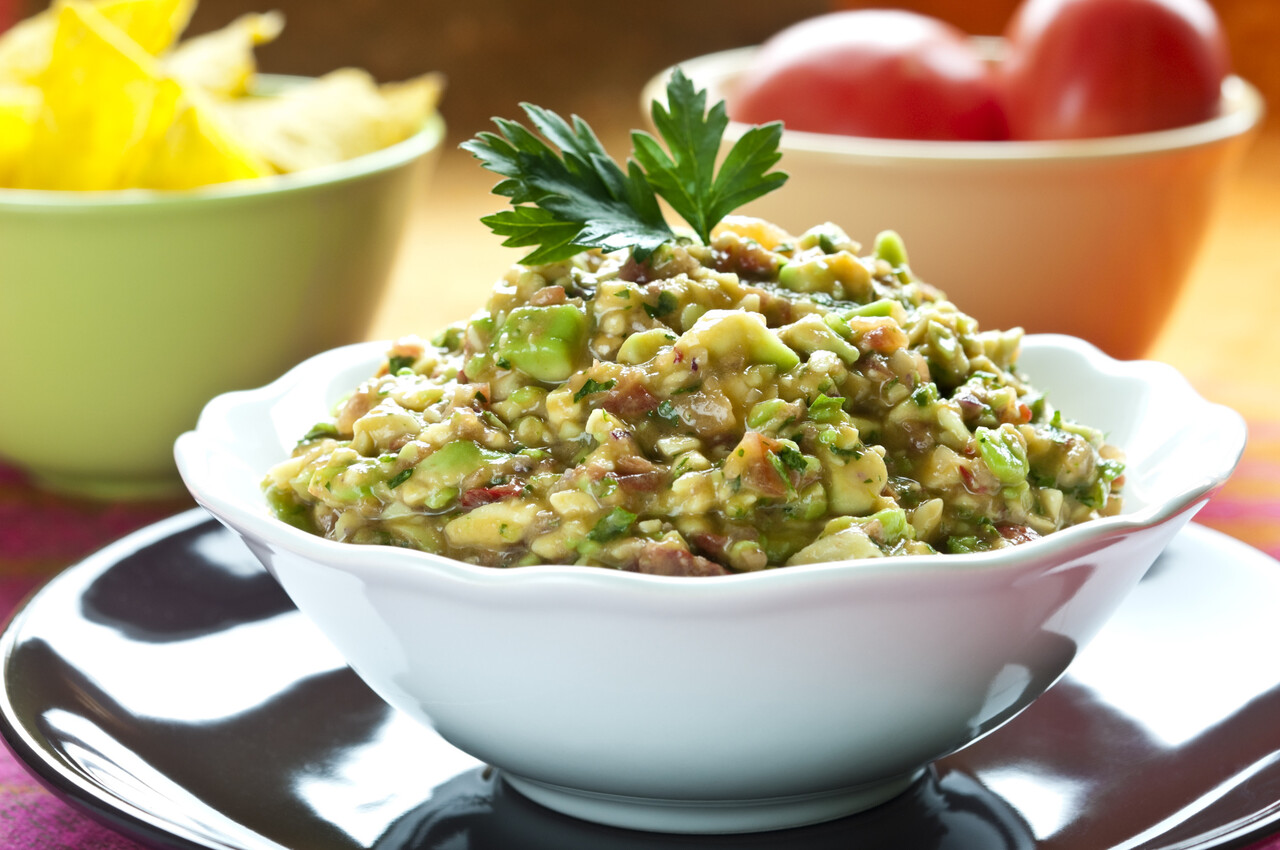12 Groundbreaking Food Inventions That Changed History
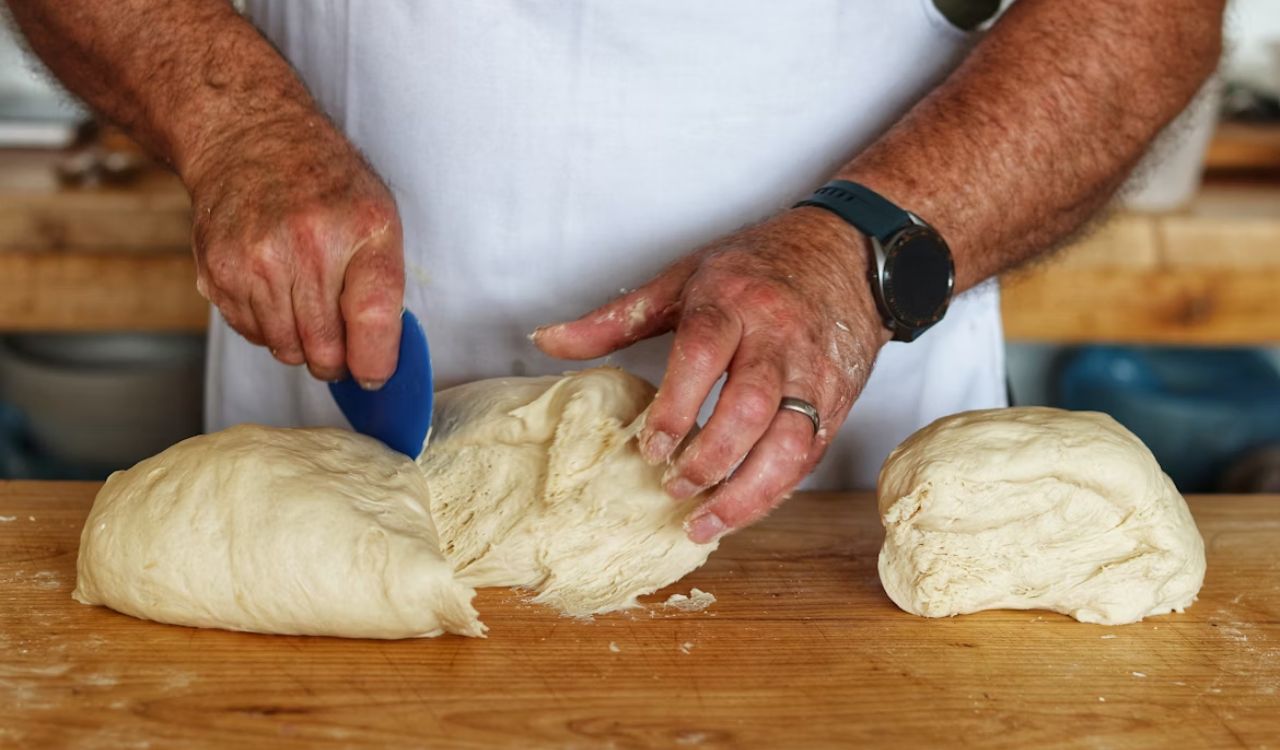
Not every invention comes from a laboratory or workshop. Some of the most influential breakthroughs in history were edible creations that shaped how people eat, travel, and live. These foods came from ingenuity, chance, or necessity, and their impact still resonates today. Whether it was a simple loaf that sustained civilizations or a snack that sparked billion-dollar industries, these inventions changed diets across the world. Here are twelve food inventions that not only satisfied hunger but also transformed culture and history in lasting ways.
1. Bread
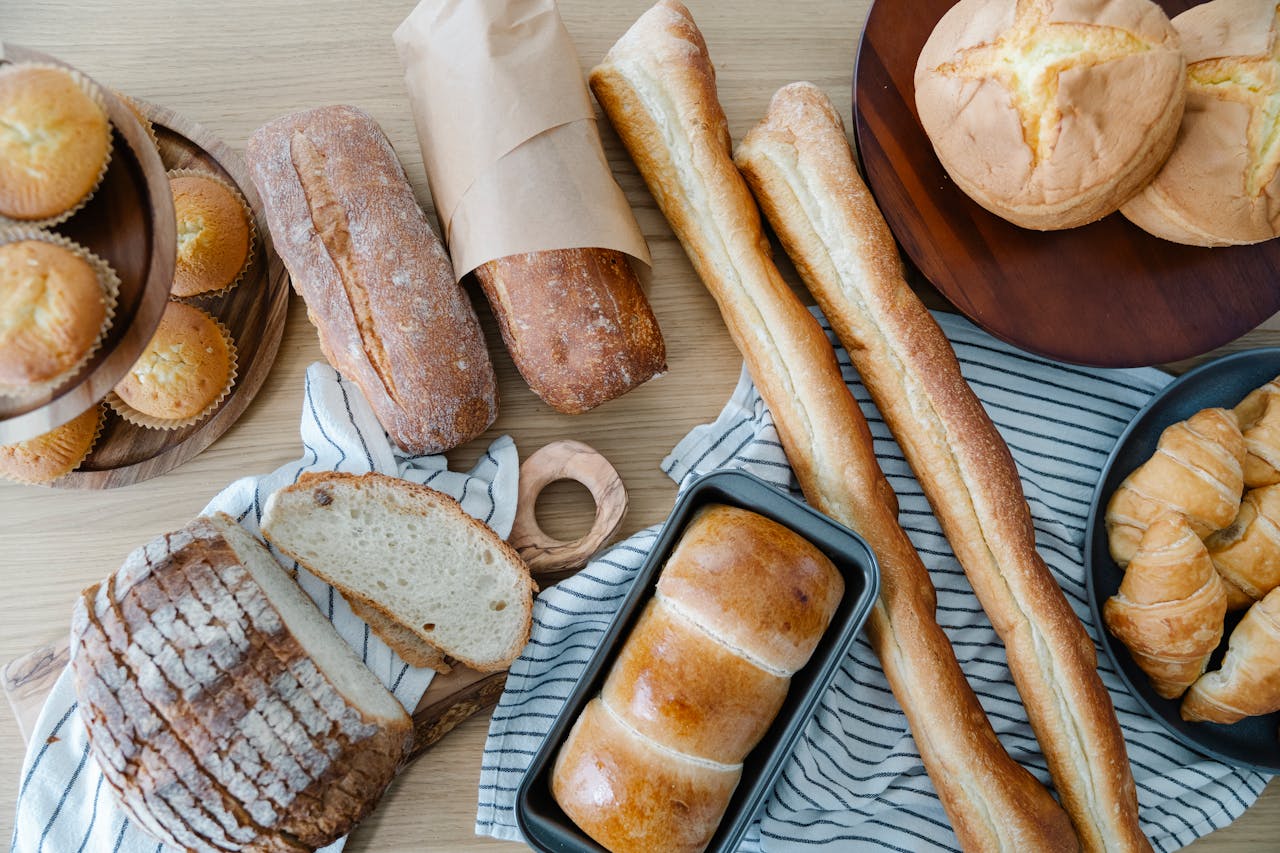
Bread is one of humanity’s oldest food inventions, with origins going back more than 10,000 years. Early people mixed crushed grains with water and baked the dough on hot stones. Around 3000 BCE, Egyptians discovered that natural yeasts caused dough to rise, creating lighter loaves. This discovery changed bread from a dense flatcake into a staple that spread worldwide. Bread fueled armies, supported agriculture, and became central to rituals and daily meals. Its simplicity and versatility made it indispensable, turning humble grains into one of the cornerstones of global cuisine.
2. Cheese

Cheese likely began as an accident when milk stored in animal stomachs curdled naturally. Over time, people refined the process, and archaeological finds show cheese-making at least 7,000 years ago in Europe. This invention solved the problem of milk spoiling quickly, providing protein and fat that could be stored for months. Different climates and cultures produced unique cheeses, from tangy feta to sharp cheddar. Cheese became essential for survival in cold regions and a delicacy in others. Today, it represents both necessity and artistry, with thousands of varieties enjoyed worldwide.
3. Beer
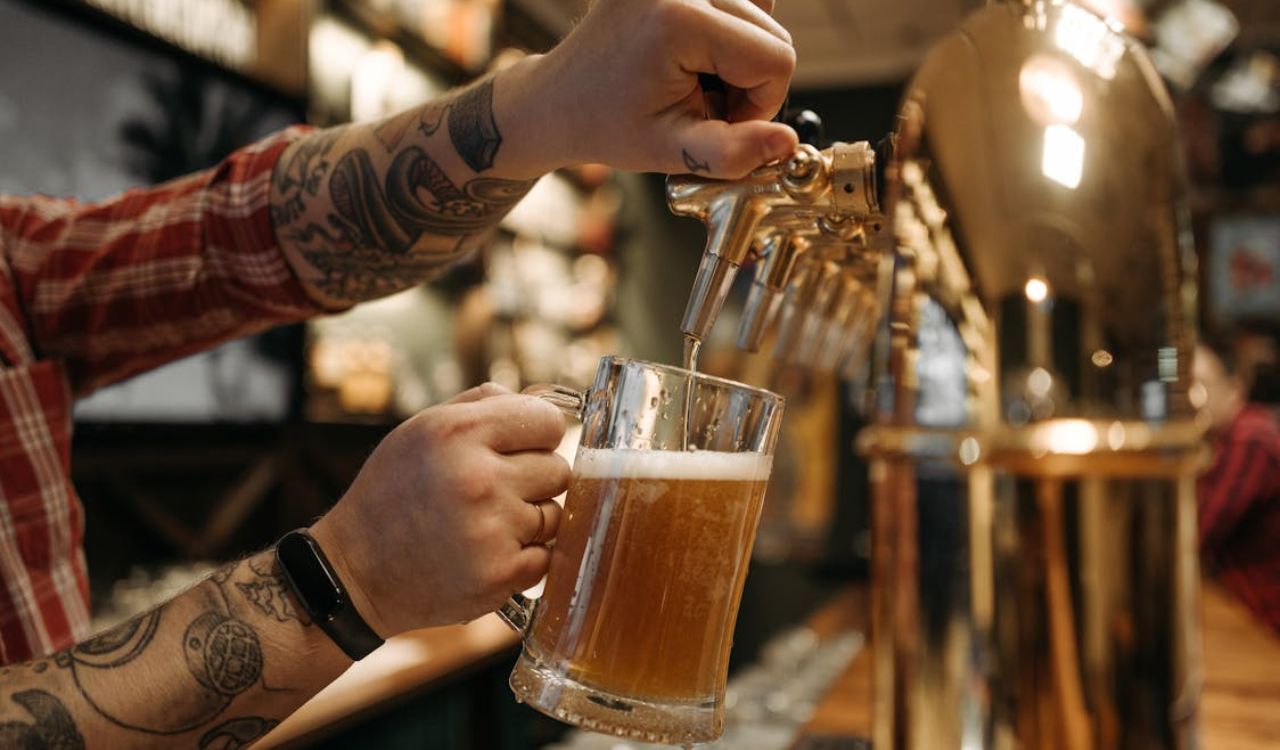
Beer was first brewed in Mesopotamia over 5,000 years ago when fermented grains created a safe and nutritious drink. Ancient Sumerians considered it a gift from the gods, even recording recipes on clay tablets. Beer spread quickly, becoming part of trade, celebrations, and daily meals. In many places, it was safer than water due to the fermentation process killing harmful microbes. Beer also spurred agriculture, making barley and hops essential crops. From ancient rituals to modern breweries, this invention shows how one simple drink shaped economies, cultures, and social life for millennia.
4. Chocolate Bar

While cocoa had been consumed as a bitter drink by the Maya and Aztecs for centuries, the invention of the solid chocolate bar in 1847 by Joseph Fry changed everything. By mixing cocoa powder, sugar, and melted cocoa butter into a mold, he created the first portable, sweet chocolate. Soon companies like Cadbury and Hershey refined the process, turning chocolate into a global industry. The bar format made chocolate widely accessible, affordable, and endlessly adaptable. From quick snacks to luxury confections, the chocolate bar remains one of the most beloved food inventions in history.
5. Potato Chips
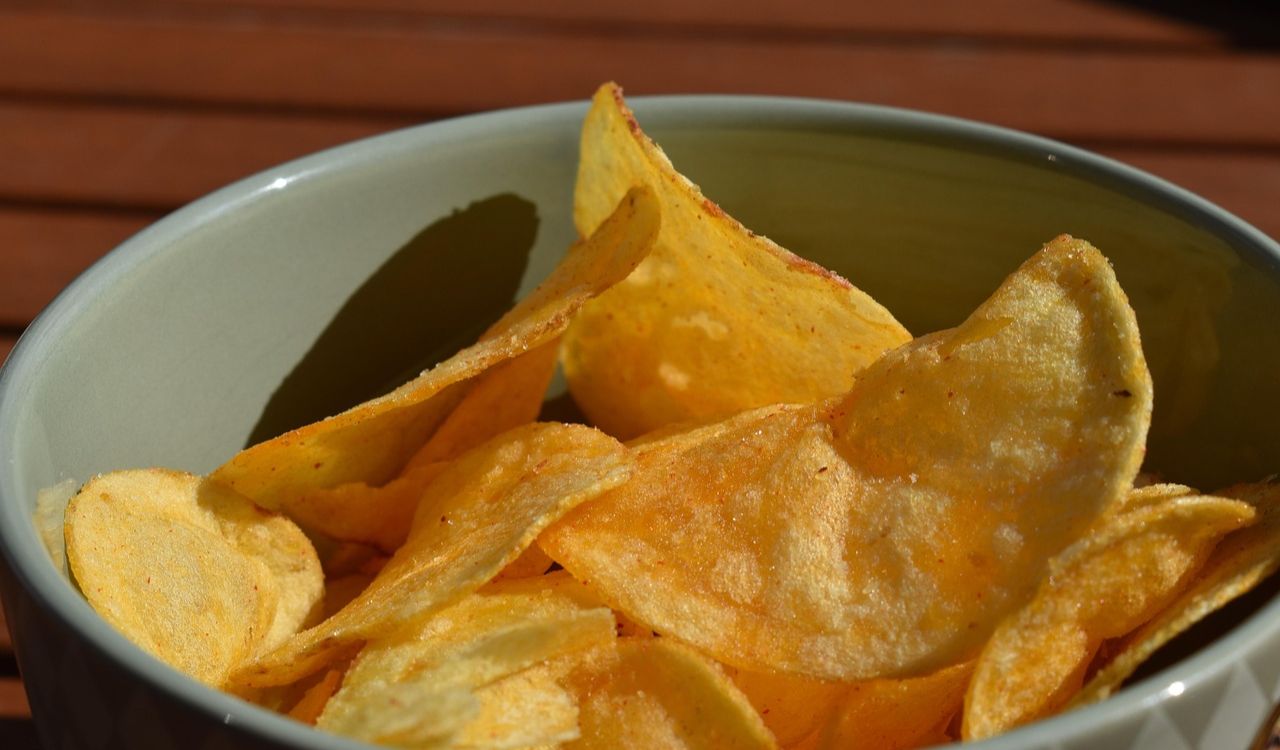
The story of potato chips begins in 1853 in Saratoga Springs, New York, when chef George Crum sliced potatoes thin, fried them crisp, and seasoned them after a customer complained about thick fries. Whether legend or truth, the snack caught on instantly. Potato chips became one of the earliest mass-produced snack foods, launching an entire industry. Their addictive crunch and salty flavor made them a staple in homes, restaurants, and later, vending machines. Today, chips come in countless flavors and styles, but their invention proved how a simple idea could spark global snacking habits.
6. Corn Flakes
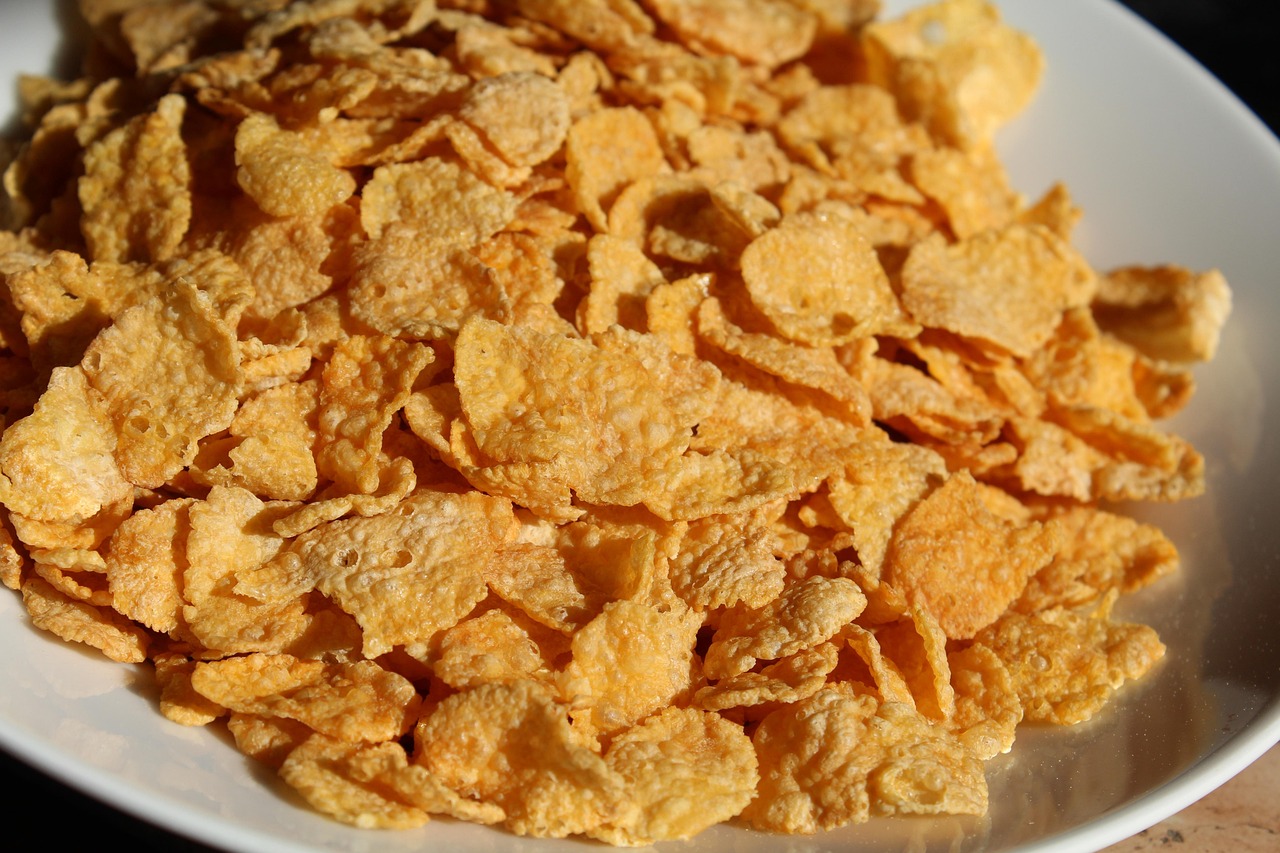
In 1894, Dr. John Harvey Kellogg and his brother Will accidentally created cornflakes while trying to develop a healthy food for patients at their sanitarium. The flaked cereal quickly became popular outside the hospital, launching the breakfast cereal industry. Cornflakes introduced the idea of a ready-to-eat meal that fit into the faster pace of modern life. They changed breakfast from hot, labor-intensive meals to quick, convenient bowls of cereal. The invention also sparked competition, leading to dozens of cereals that still dominate grocery aisles today.
7. Margarine
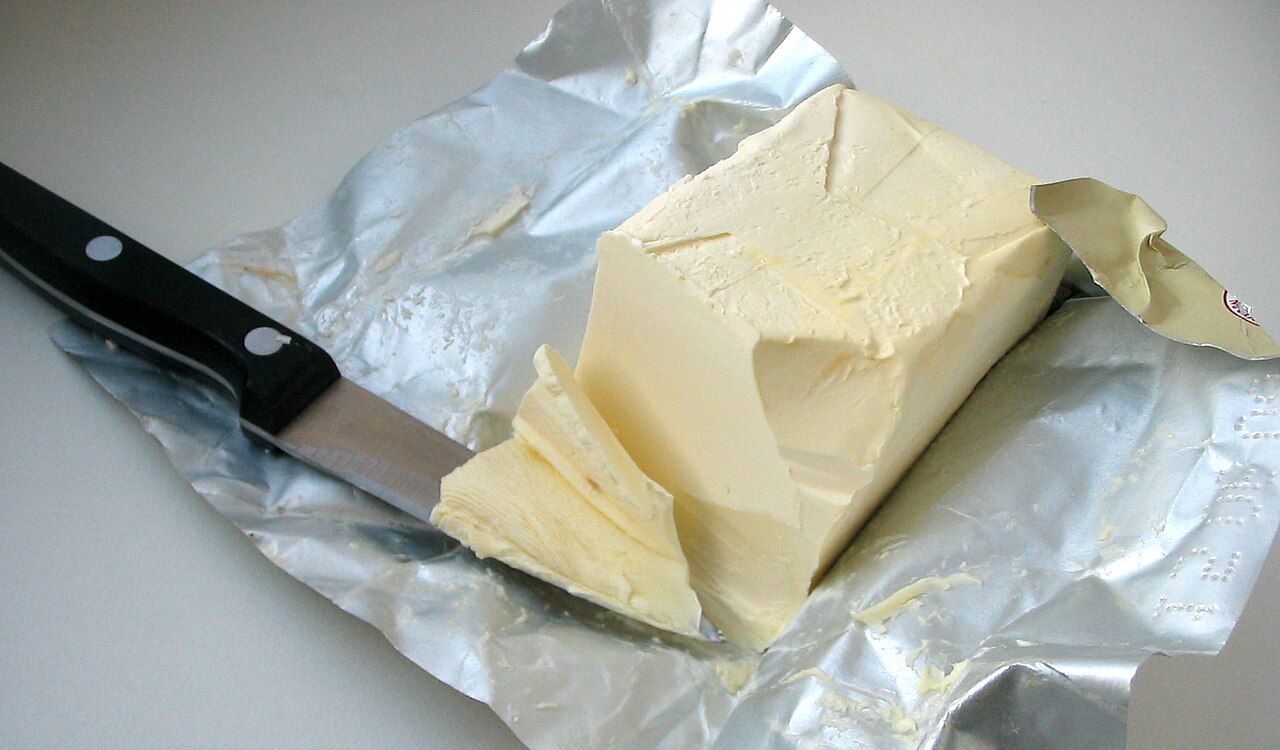
In 1869, French chemist Hippolyte Mège-Mouriès invented margarine after Napoleon III offered a prize for a butter substitute suitable for the military and working-class families. Originally made with beef tallow, margarine later shifted to vegetable oils, making it cheaper and easier to produce. Despite controversy and resistance from the dairy industry, margarine spread across Europe and the United States. It became essential during wartime shortages and for families on tight budgets. Margarine’s invention highlights how science and necessity combined to create a product that permanently altered how people consumed fats.
8. Instant Noodles

Momofuku Ando revolutionized global eating habits in 1958 when he invented instant noodles in Japan. By steaming and flash-frying cooked noodles, then packaging them with seasoning, he created a meal that required only boiling water. Affordable, portable, and quick, instant noodles became a global sensation. They met the needs of busy students, workers, and communities facing food shortages. Over time, instant noodles evolved from budget survival food to gourmet creations, reflecting their cultural impact. Today they are one of the most recognizable and widely consumed food inventions in the world.
9. Frozen Food

Clarence Birdseye developed modern frozen food in the 1920s after observing Inuit communities using rapid freezing to preserve fish. His quick-freezing method kept food textures and flavors intact, unlike traditional slow freezing, which left food mushy. Birdseye’s invention brought seasonal produce, seafood, and meats to markets year-round, reshaping grocery shopping forever. Frozen food also reduced waste, supported global trade, and provided families with affordable convenience. Today, the freezer aisle remains one of the busiest sections in supermarkets, a testament to how this invention changed modern diets on a massive scale.
10. Peanut Butter
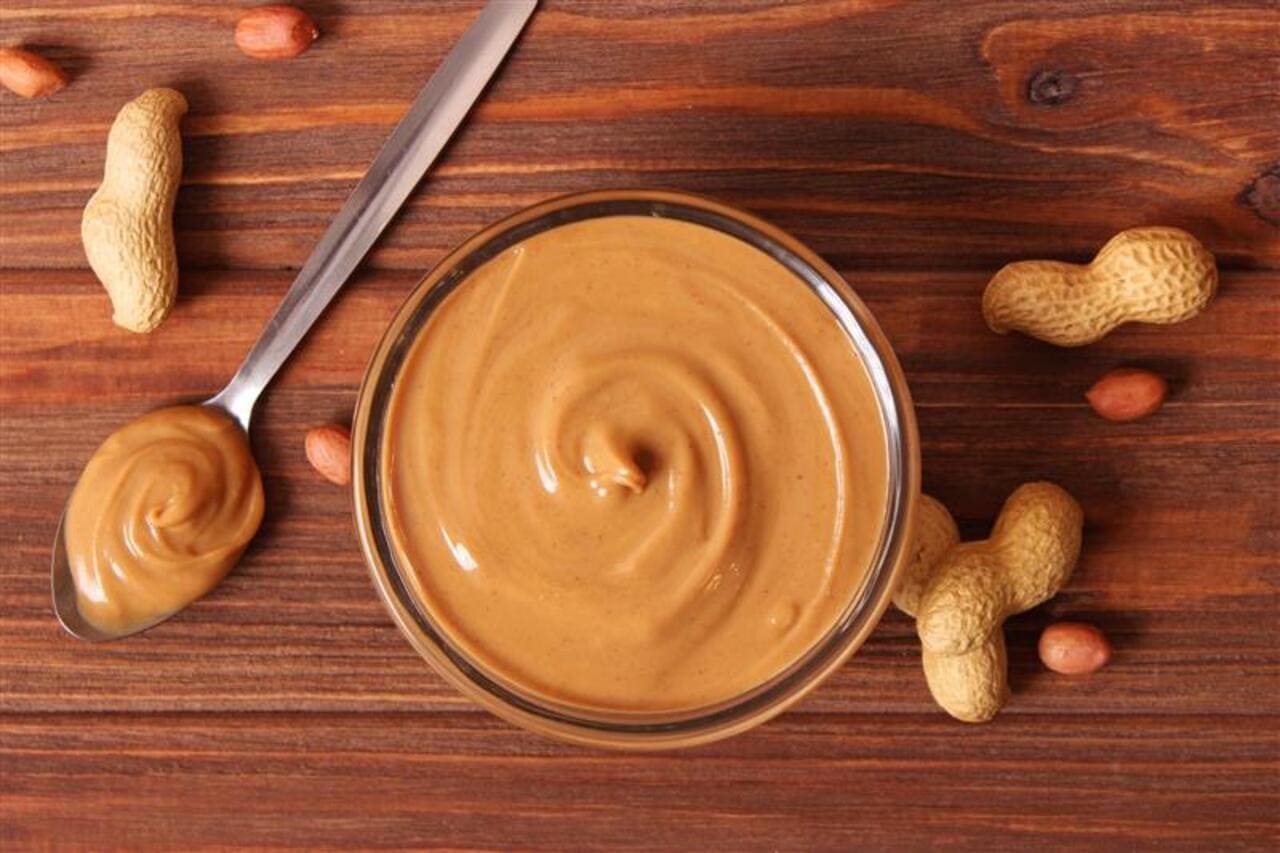
The first patent for peanut butter was filed in 1884 by Canadian chemist Marcellus Gilmore Edson, who created a peanut paste for people who could not chew solid food. Later, John Harvey Kellogg refined it as part of his push for plant-based diets. Peanut butter quickly became popular in North America as a protein-rich, affordable spread. It gained importance during both World Wars as part of rations and household staples. Today, peanut butter is not only a sandwich favorite but also a versatile ingredient in sauces, cookies, and snacks across the world.
11. Cola Soft Drinks
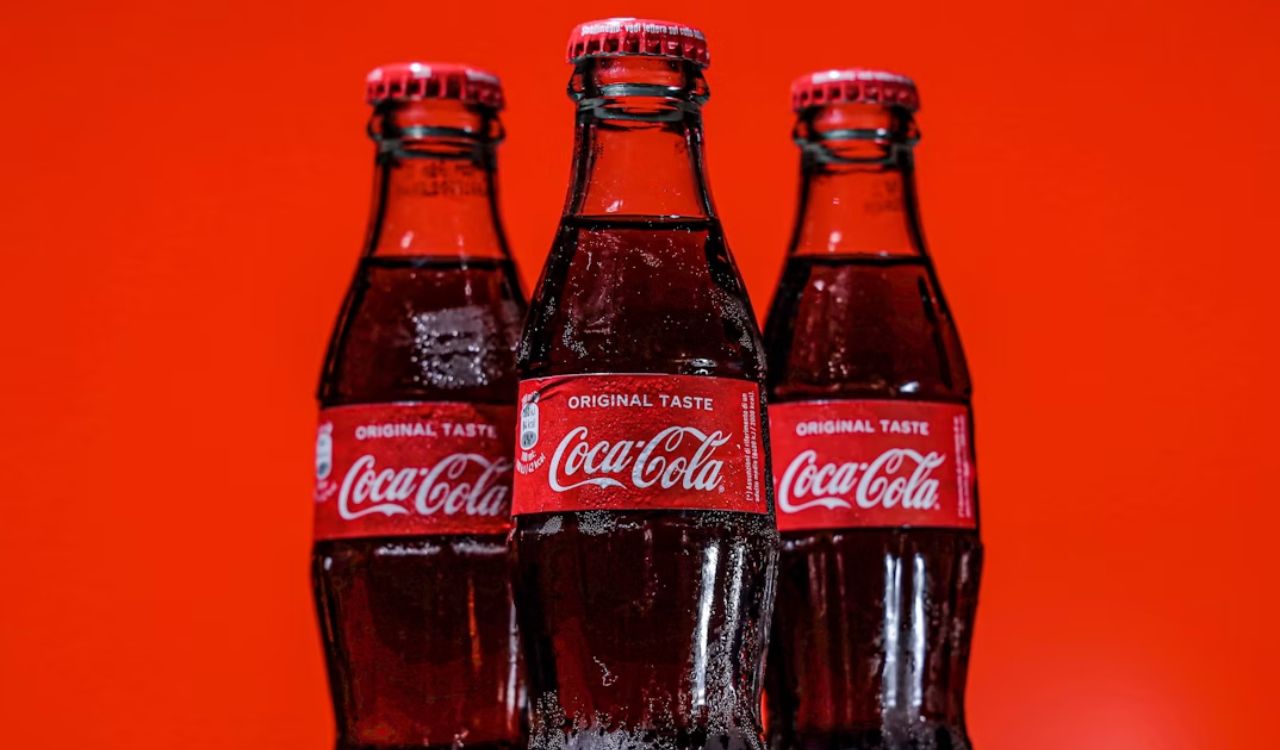
In 1886, pharmacist John Pemberton introduced Coca-Cola in Atlanta as a medicinal tonic. Made with flavorings, sugar, and carbonated water, it quickly became a refreshing beverage that spread globally. Cola soft drinks inspired competitors, sparking the rise of a massive soda industry. They also changed advertising, branding, and global marketing forever. Coca-Cola in particular became a cultural symbol, associated with American identity and lifestyle. From corner stores to global arenas, cola soft drinks illustrate how a single food invention can transcend taste to become part of everyday culture.
12. Pizza (Modern Form)
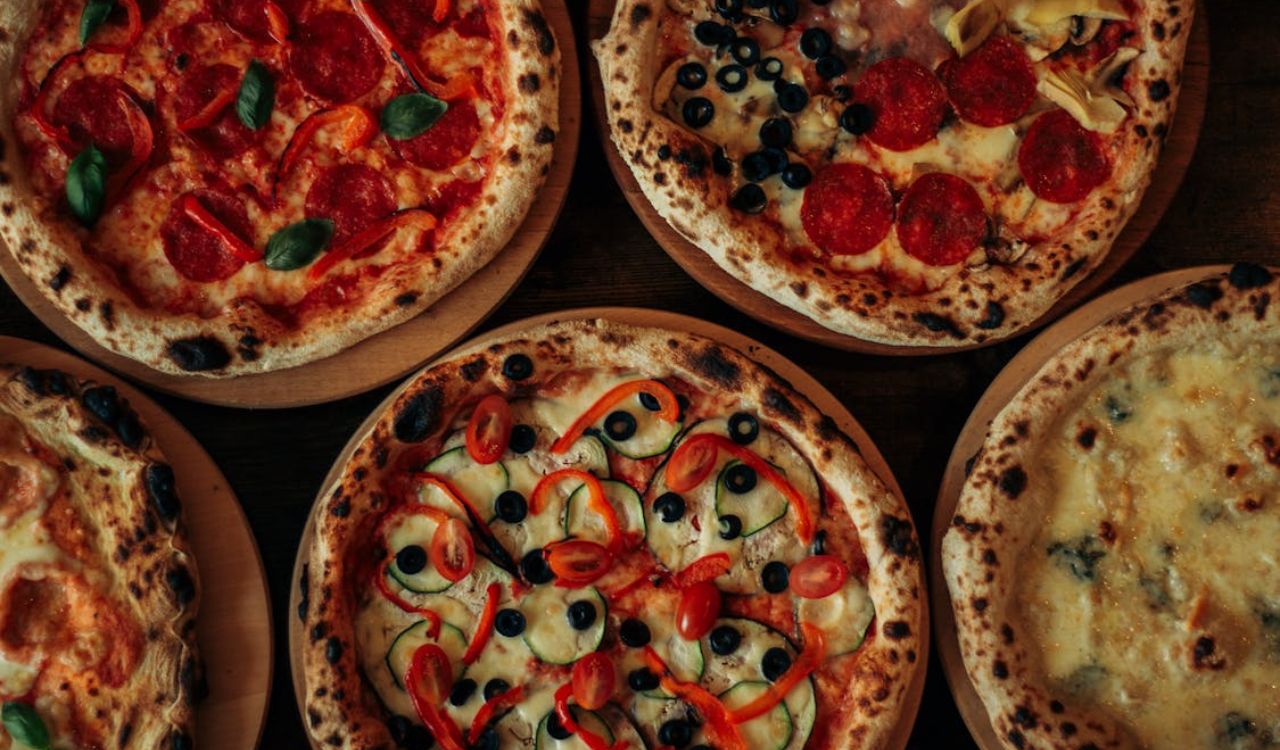
Although flatbreads topped with ingredients existed in ancient cultures, modern pizza emerged in Naples, Italy, in the late 18th and early 19th centuries. The classic combination of dough, tomato, and cheese became popular among the working class as an inexpensive, filling meal. Immigrants carried pizza to the United States, where it exploded in popularity and inspired countless regional variations. Today, pizza is one of the most consumed foods worldwide, from artisanal wood-fired pies to delivery chains. Its invention shows how humble ingredients can evolve into a global culinary icon.


